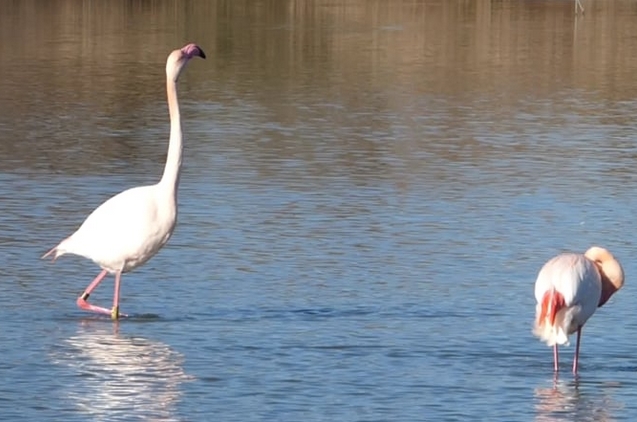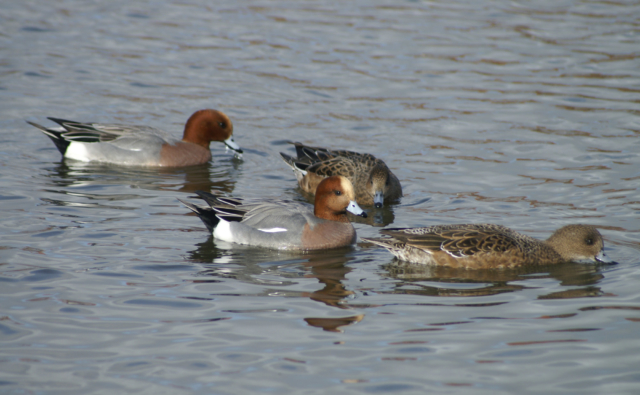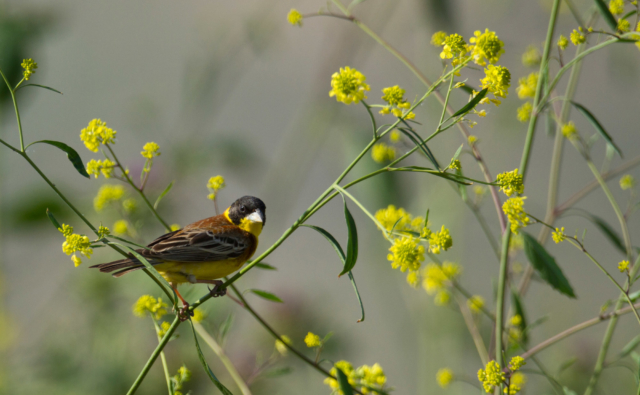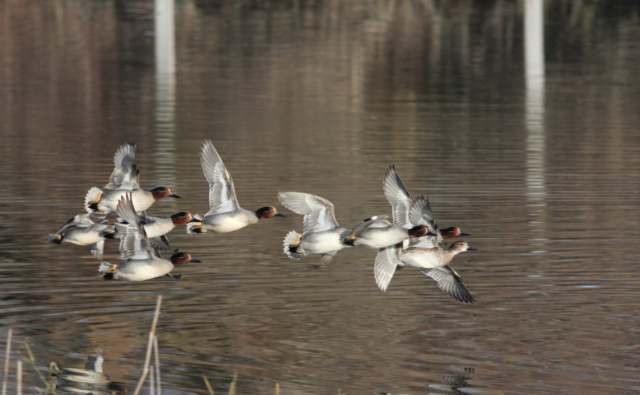
This article was published in the Animal Behaviour journal in September 2018.
You can access it through the Tour du Valat documentary portal here.
Abstract: Lateralization refers to the preferential use of one side of the body to perform certain tasks, often as a consequence of the specialization of cerebral hemispheres. Individuals may benefit from lateralization if it allows them to perform complex tasks simultaneously. Studies on laterality further suggest that sex and age can influence the extent of lateralization. However, most studies on lateralization have been performed on captive individuals, exposed to simplified environments and expressing limited behavioural repertoire. Here, we evaluated behavioural lateralization in the greater flamingo, Phoenicopterus roseus, through observations of wild individuals 5–37 years old. We examined the lateralization of simple behaviours (resting postures) and of several demanding behaviours requiring enhanced motor control and coordination (stamping for food and five courtship postures). Resting postures were not lateralized. In contrast, nearly all flamingos were completely lateralized for stamping, with a significant predominance of right-footed individuals. During courtship displays, twist-preens were significantly lateralized, yet with no dominant laterality at the population level. Finally, we detected a slight positive effect of age on the intensity of twist-preen lateralization, which may be related to the increased complexity of courtship displays with age in this species. Our results support the hypothesis that lateralization manifests in complex behaviours, even in wild animals.
Bibliographical reference: Vidal A., Perrot C., Jasmin J.-N., Lartigau E., Arnaud A., Cézilly F., Béchet A. 2018. Lateralization of complex behaviours in wild greater flamingos. Animal Behaviour 144:67–74. doi: 10.1016/j.anbehav.2018.07.017



